Sogdia
Almost 2,000 years ago there was a group of influencers who, while relatively few in number and limited in political power, helped to change the world around them. They are considered the most successful merchants of the silk road. They are also called the cultural bees of Central Asia. These people are named the Sogdians.
Sogdia (or Sogdiana) is a region in Central Asia between the rivers Iaxartes in the north (today called Syr-Daria) and Oxus in the south (today called Amu Darya). Its eastern and western limits fluctuated and covered different areas at different times. For some time its boundary at the east reached the Pamir mountains and the boundary at the west extended beyond the city of Buchara (also spelled as Bukhara). The area corresponds to part of present-day Uzbekistan,Turkmenistan and Tajikistan. Below is a map showing the approximate location of Sogdia.

Sogdia was first conquered by Cyrus the Great, the founder of the Achaemenid Empire, and then was annexed by the Macedonian ruler Alexander the Great in 328 BCE. It would continue to change hands under the Seleucid Empire, the Greco-Bactrian Kingdom, the Kushan Empire, the Sasanian Empire, the Hephthalite Empire, the Western Turkic Khaganate and the Islamic caliphates.
Not much is known about Sogdia because they were largely forgotten after the 8th century CE. It wasn´t until the late 19th century that scholars first began finding and recognizing Sogdian architecture, and it took even longer for other types of Sogdian artifacts to become widely known within archeological circles.
One of the reasons why the Sogdians were forgotten is that they typically served as middle-men, transmitters and facilitators rather than emperors, conquerors and religious leaders. They exerted a huge influence, but it was of a more subtle kind than that of the ancient Persian, Greek and Chinese empires.
It is also worth nothing that no modern-era nation has claimed the Sogdians as their ancestors and included them in their nation-state mythos. This in turn has made Sogdian findings less interesting to researchers and resource providers striving to construct national histories and illustrious national backgrounds.
Below is an earthenware of a Sogdian found in China:
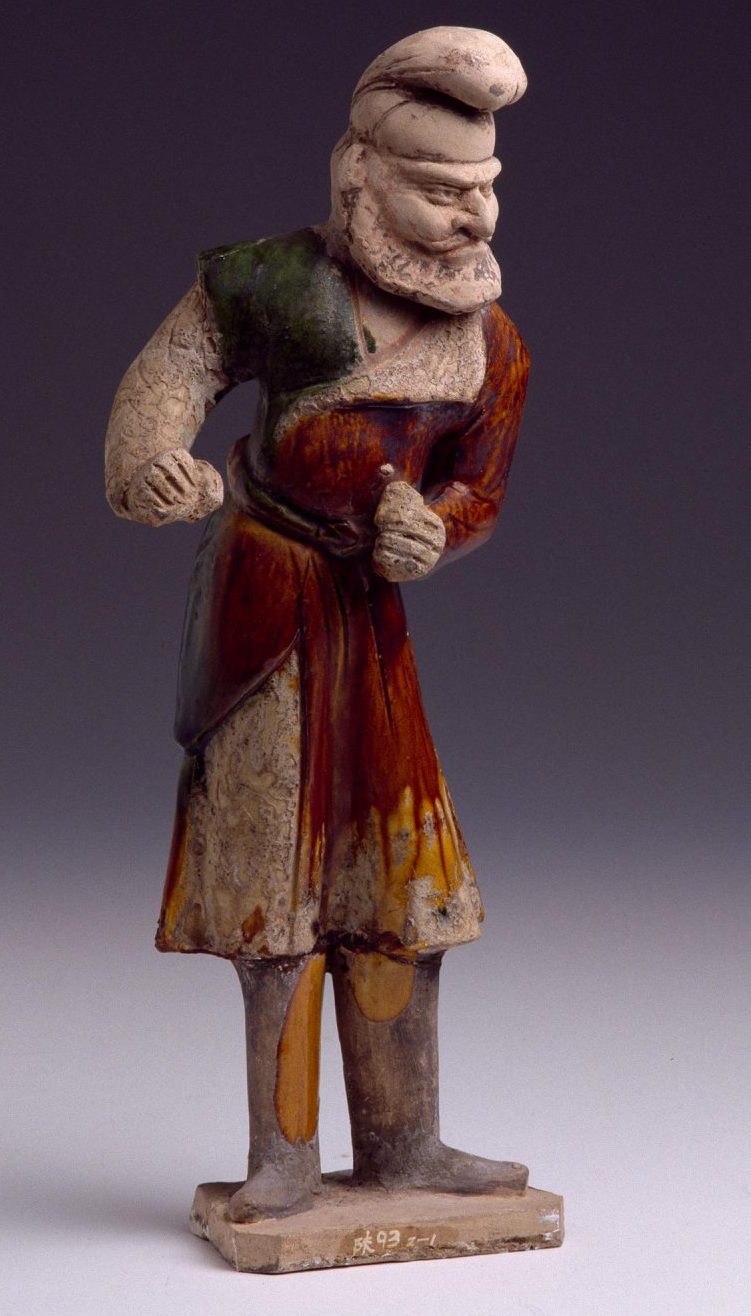
Various documents had been uncovered by archaeologists that shed lights on the Sogdian society (including the Sogdian ancient letters). Based on these documents, we know that Sogdian women enjoyed rights and freedoms and exerted a strong influence not only in the social sphere, but also on the cultural and political life of local communities. One example is the use of marriage contracts. A typical Sogdian marriage contract is similar to the present-day prenuptial agreement. It described reciprocity of obligations in a marriage. One contract provided that the husband was obliged to provide food, garments and ornaments, and the wife was obliged to take care of his well-being. It also outlined what would happen should a marriage went wrong. If the husband should take “another wife or concubine, or keep another woman that does not please the wife,” he promised to pay her a fine spelled out in the contract. Both husband and wife can end the marriage under similar circumstances. A man could end the marriage, but he must provide his wife with food and return her dowry and all the presents that she gave him when they were married. The wife was also entitled to end the marriage, but only after returning her husband’s gifts while she could retain her own property.
Sogdia reached a peak of wealth and prominence from the 4th to the 8th centuries CE. During this time, Sogdians’ influence reached China in the east and to the edge of Byzantine in the west. Perhaps more than any other people, the Sogdians capitalized on the opportunities of the Silk Roads, developing a merchant society that made great profit out of the trade between China and other parts of Asia. Mobile, multilingual, and highly skilled, the Sogdians were able to connect disparate regions, transfer goods and ideas across long distances, and oil the wheels of global trade and exchange. Through their travels, trade, and translations, the Sogdians helped shape a diverse range of arts, fashions, lifestyles, technologies, and religious ideas that transformed parts of the world far from their homeland;
One of the most surprising elements of the Sogdians’ influence is that it did not rely on political or military power. They had no empire, and their political organization at home in Sogdia was a series of small principalities, each with its own leader. As the Sogdians formed merchant communities outside Sogdia, they lived under various imperial and local powers,
The Sogdians spoke an eastern Iranian language called Sogdian, which is closely related to the Saka language. Outside of Sogdia, it was widely used in the Silk Road oasis city of Turfan in the Tarim Basin region. It was also one of the official languages of the First Turkic Khaganate, which once ruled a large area of the Steppe. Below are two pictures of documents written in Sogdian language (the language can be written vertically or horizontally):
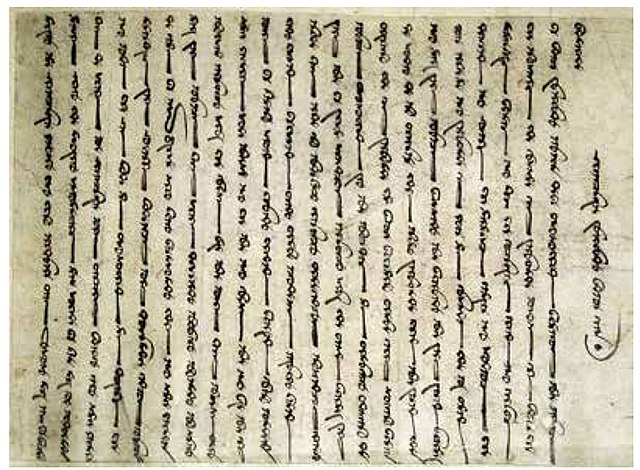

In addition to the Sogdian language, many Sogdians were able to speak multiple languages due to the necessities of trade and the profitability of translations. Thus they were also ideally placed to play the roles of diplomats and transmitters of religious texts and ideas. Sogdia and its network of caravan routes reaching to China also provided a key conduit for the eastward spread of Buddhism, Church of the East branch of Christianity, and Manichaeism.
Perhaps unsurprisingly, considering their contact with multiple religions abroad, the Sogdians themselves practiced a wide variety of religious beliefs. At home in Sogdia, they primarily followed Zoroastrianism, but also included elements of Hinduism, Buddhism, Christianity, Shaivism, Judaism, and Manichaeism. Abroad they seem to have pursued their native religion with some adaptation to the culture around them. This suggests that the Sogdians brought the same sense of tolerance, openness, and creativity to their practices of religion as they did to other endeavors. Below is a picture of a Tang dynasty tomb of a Sogdian merchant buried in China showing Zoroastrain rituals.

It was not just goods that the Sogdians traded, but also styles such as fashions and entertainment. Ladies of the Chinese aristocracy in the Tang dynasty (618-907) enjoyed horseback riding. Like the men, they also adopted the dress of their horse-riding neighbors, which was known as the 'foreigners' dress (hufu). It was made up of a belted knee-length tunic with splits up the side worn over loose trousers that were tucked into high boots. This kind of dress became fashionable in seventh and early eighth century Chang'an. Indeed there are many images of groups of women, some in the long traditional female Chinese robes, and others in hufu such as shown here. Below are pictures of (1) a woman in hufu and (2) a woman riding a horse with hufu:
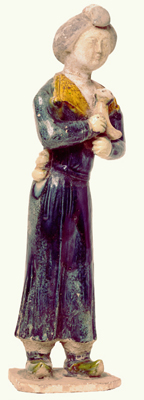

Sogdian music and dance were popular in China during the Tang dynasty. The Sogdian Whirl (胡旋舞), as the dance was known, was a phenomenon in China. The famous Tang poet, Bo Juyi, wrote a poem dedicated to the dance. This is a translation of part of the poem (by Victor H. Mair):
“Iranian whirling girl, Iranian whirling girl . . .
At the sound of the string and drums, she raises her arms,
Like swirling snowflakes tossed about, she turns in her twirling dance.
Whirling to the left, turning to the right, she never feels exhausted,
A thousand rounds, ten thousand circuits—it never seems to end . . . ”
The dance’s influence reached all the way up to the emperor Tang Xuanzong (685–762 CE). Bo Juyi wrote another poem telling how the courtesan Yang Guifei “stole the ruler’s heart with her Sogdian Whirl.” An Sogdian-Turkic general called An Lushan (703–757 CE) became a favorite of Tang Xuanzong due, in part, to his expertise in the dance despite his heavy weight. In a few years, An Lushan rebelled against Tang Xuanzong, which, many historian noted, was the beginning of the end of the Tang dynasty. Below is a painting found on the wall of a Mogao cave (near Dunhuang, China) showing a dancer of the Sogdian whirl:

After the battle of Talas in 751 CE between the Islamic Abbasid caliphate and Tang dynasty, Sogdia was under the control of the caliphates. The influence of Sogdia declined and disappeared.
Below are recent articles on Sogdia:
(1) Religions and Religious Space in Sogdian Culture: A View from Archaeological and Written Sources

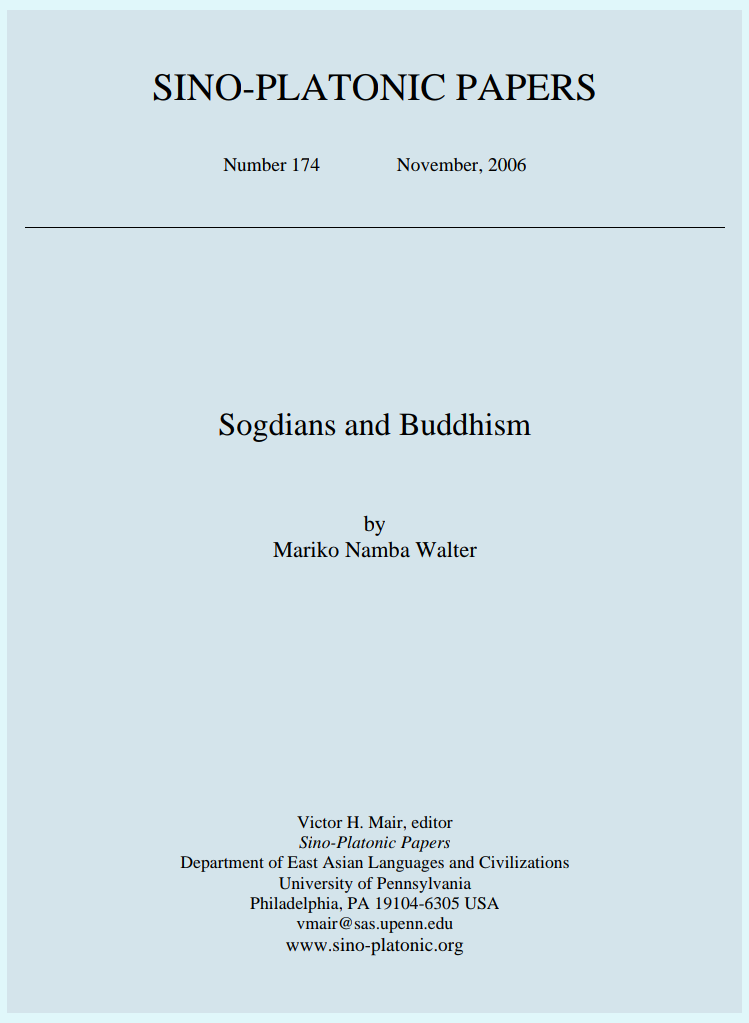
(3) Tang Elite Women and Hufu Clothing: Persian Garments and the Artistic Rendering of Power
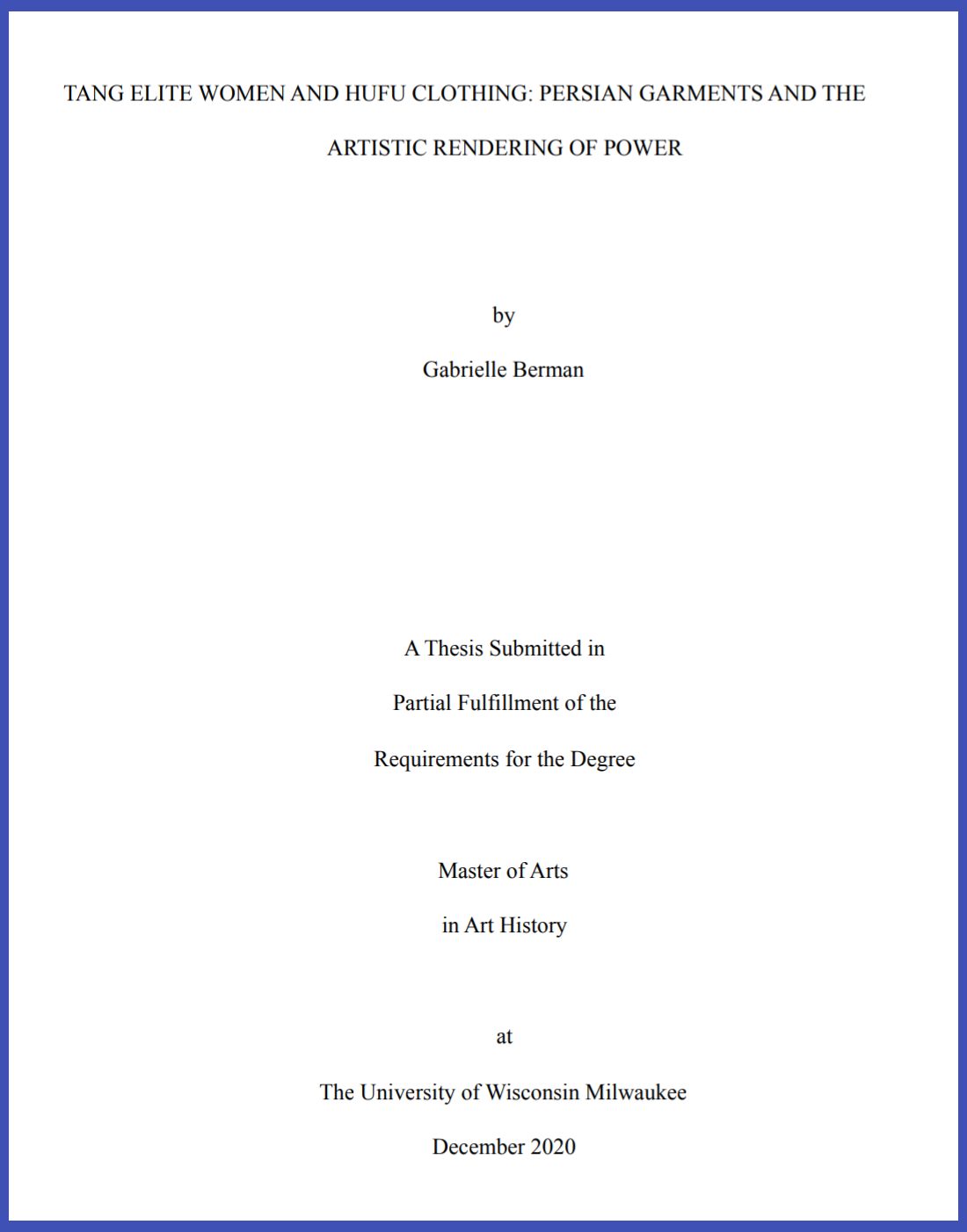
(4) Status of Women in Ancient Sogdian Society
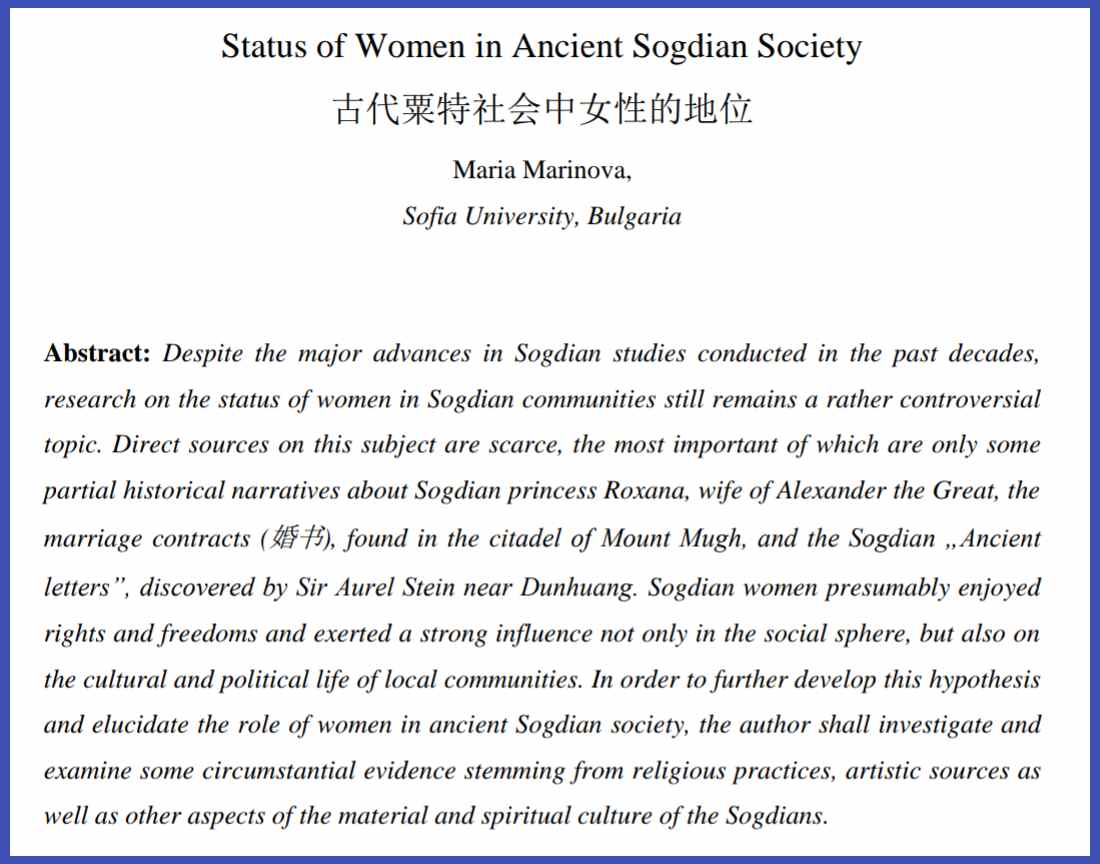
(5) The Sogdian Trade Diaspora in East Turkestan During The Seventh and Eight Centuries
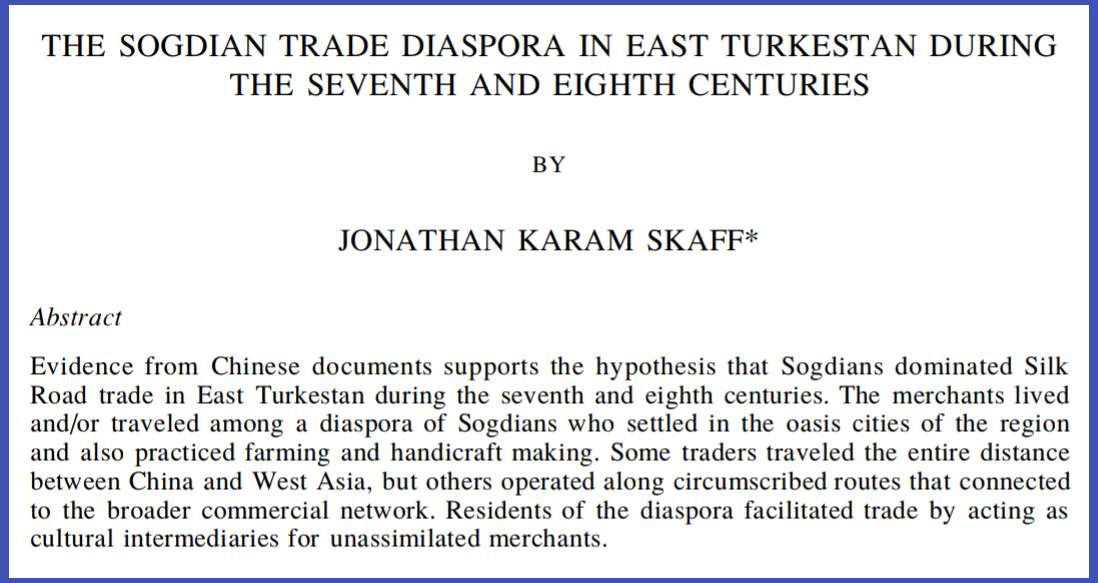
(6) A City and Its Landscape Across Time: Samarkand in the Ancient Sogdiana (Uzbekistan)
